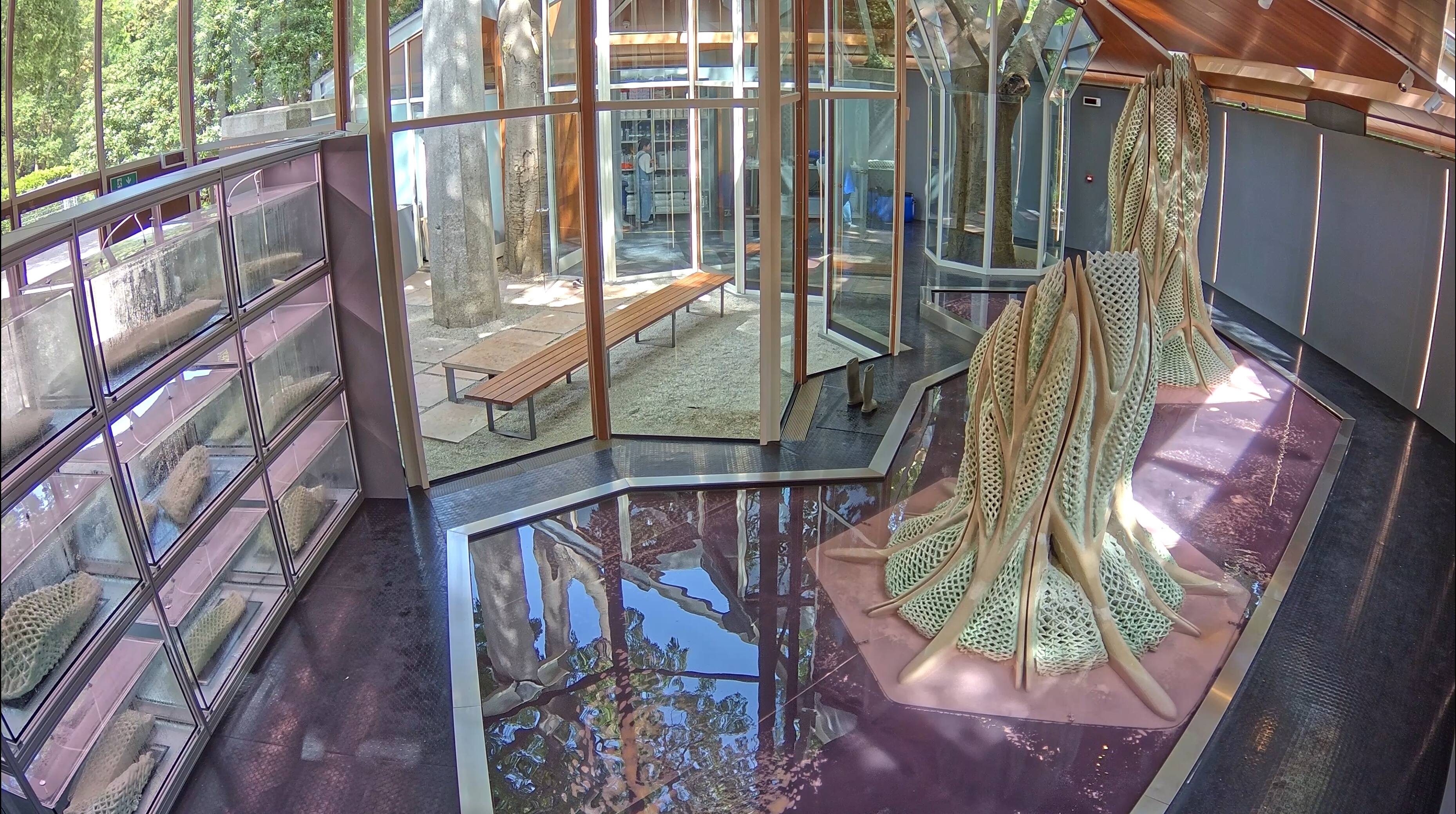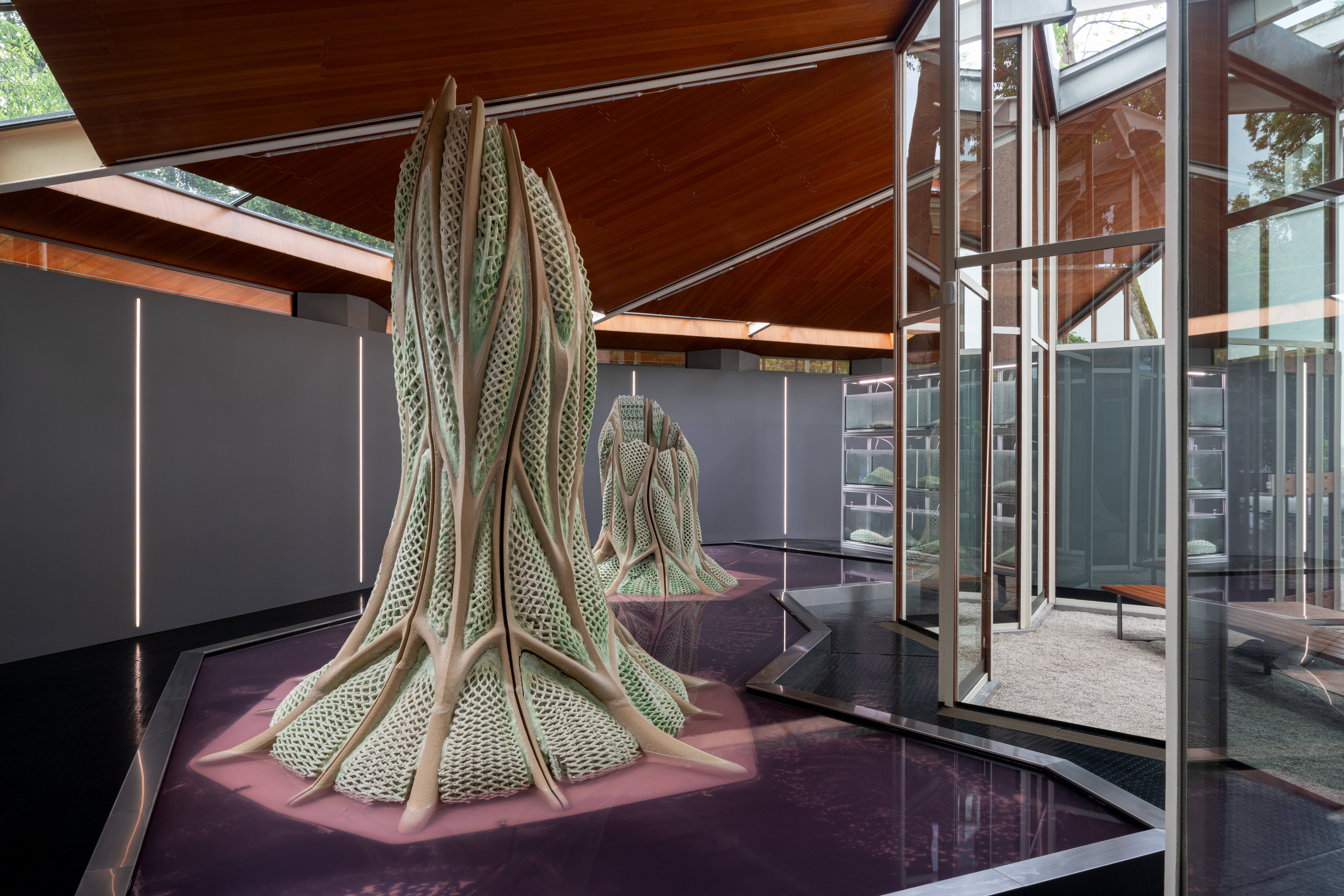
On the occasion of Canada’s participation in the 19th International Architecture Exhibition – La Biennale di Venezia, the Canada Council for the Arts presents Picoplanktonics by the Living Room Collective at the Canada Pavilion.
Can we co-operate with nature to construct spaces that remediate the planet rather than exploit it?
Picoplanktonics proposes that we can, by leveraging both ancient biological processes and emergent technologies into a vision of how we might design our environments under an ecology-first ethos. Over 2.4 billion years ago marine cyanobacteria (picoplankton), one of Earth’s earliest life forms, were responsible for decreasing carbon dioxide levels in the atmosphere and creating the oxygen rich environment that sustains life on our planet. Today Andrea Shin Ling’s research at ETH Zurich has brought together collaborators in material science, biology, robotics, and computational design to pair these organisms with technological innovation, creating a first-of-its-kind biofabrication platform capable of printing living structures at architectural scale.
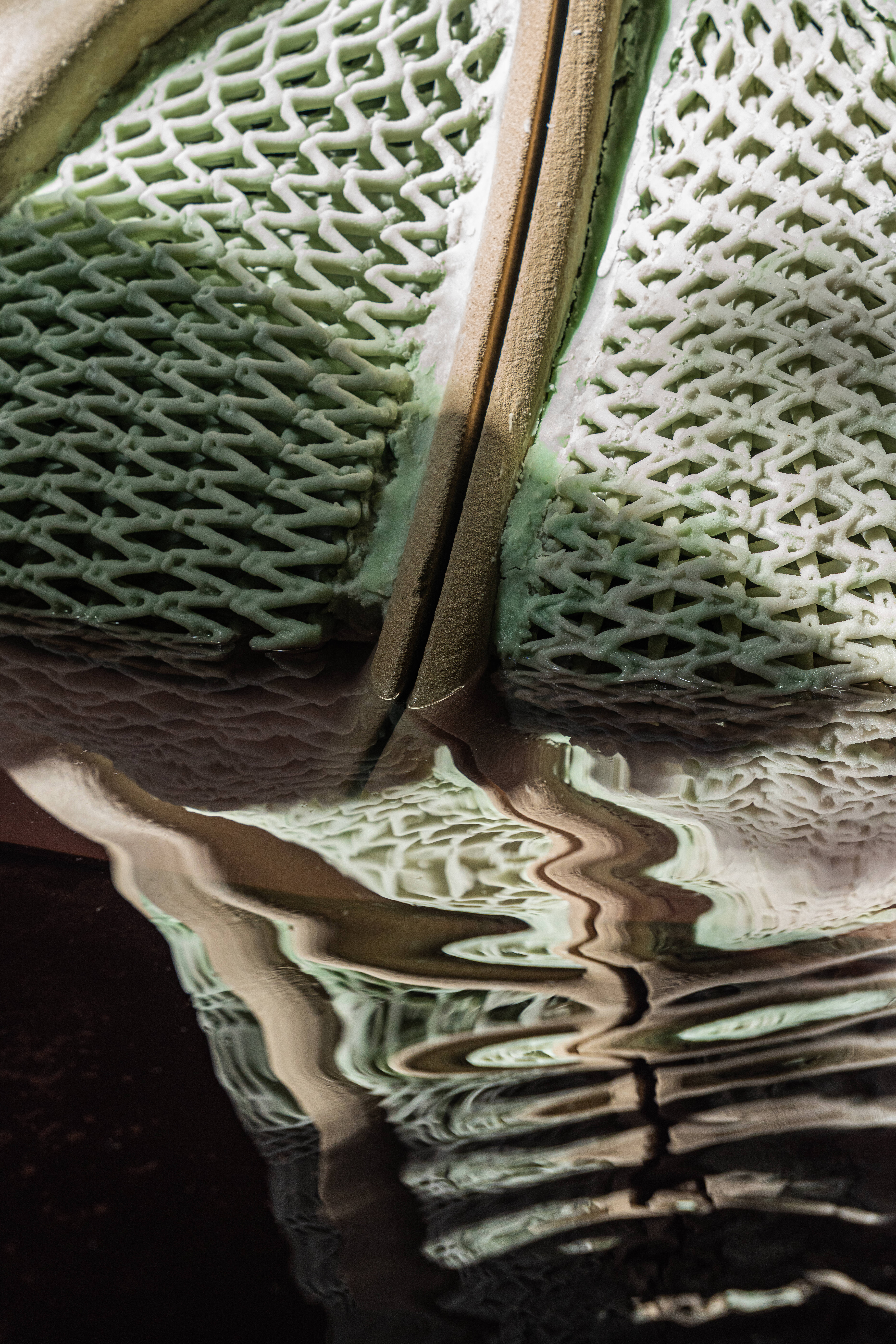
Picoplanktonics centres on a series of large-scale robotically printed structures, the largest living material prototypes made with this platform to date. They contain live Synechococcus PCC 7002, a species of picoplankton, that slowly strengthen the structures by consuming, and storing, atmospheric carbon dioxide, producing oxygen and minerals in the process. Originally fabricated in a laboratory, now residing in an adapted Canada Pavilion which provides the light, moisture, and warmth needed for their growth, the cyanobacteria continue the human-initiated process of construction.
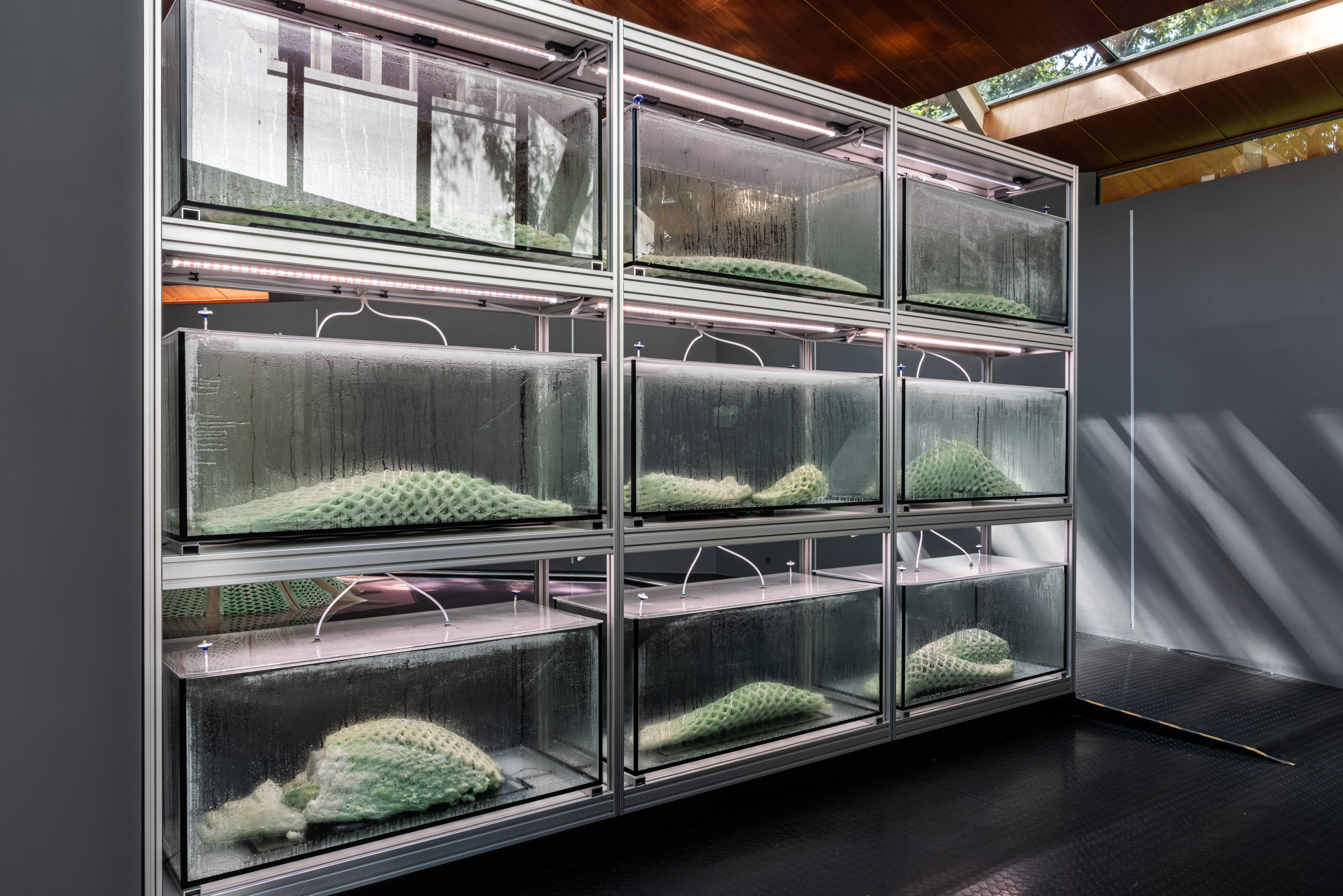
As global carbon emissions continue to rise to untenable levels, Picoplanktonics is an ongoing experiment that proposes a reciprocal relationship between living structure, built environment, and humans, rethinking how we can construct in ways that prioritize ecological resilience rooted in stewardship and care.
Picoplanktonics at the Canada Pavilion will open to the public for the duration of the 19th International Architecture Exhibition – La Biennale di Venezia, from May 10 to November 26, 2025.
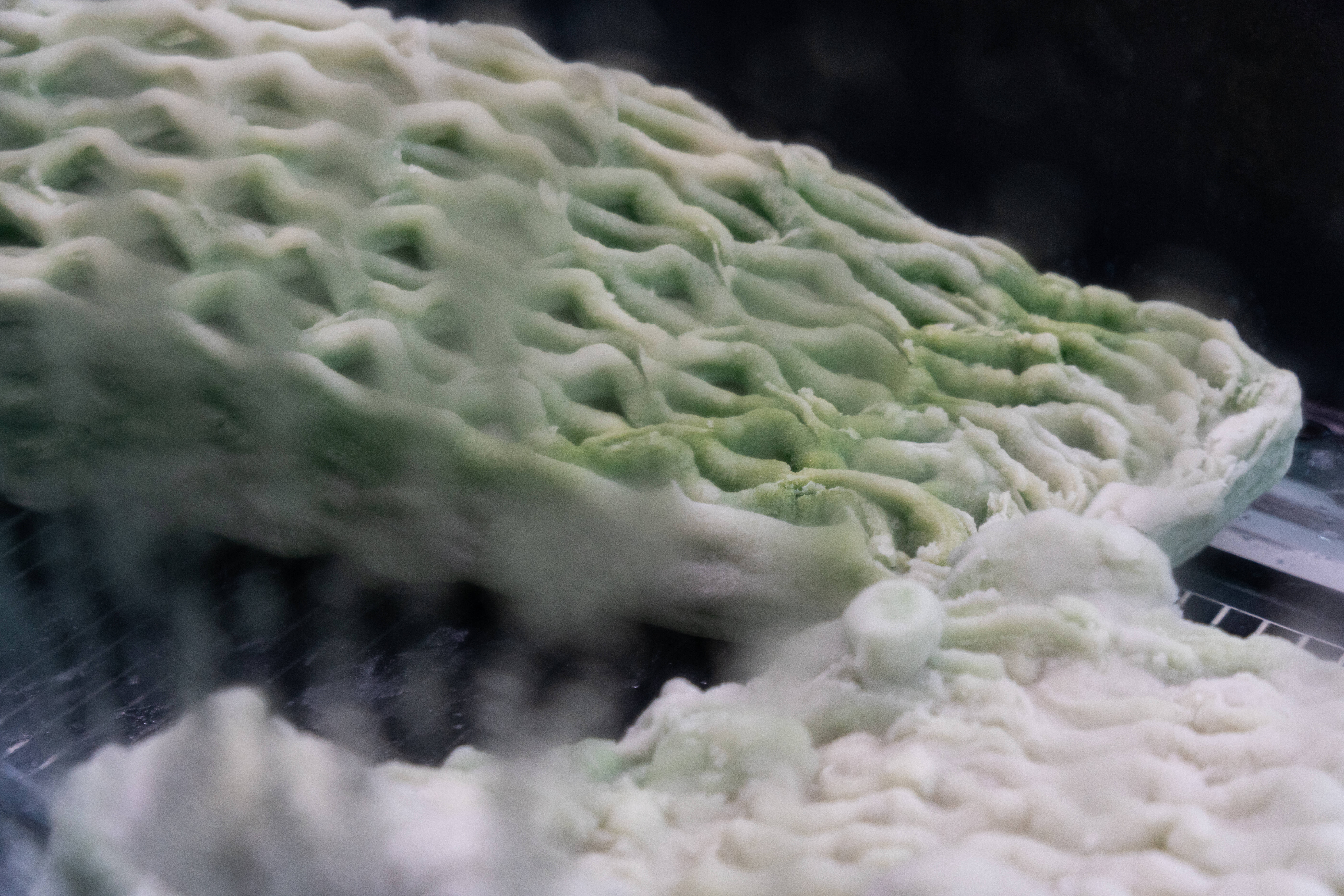
Media relations
Vincent Despins - TACTvdespins@tactconseil.ca
418-655-2424 Media Kit Download ↗



